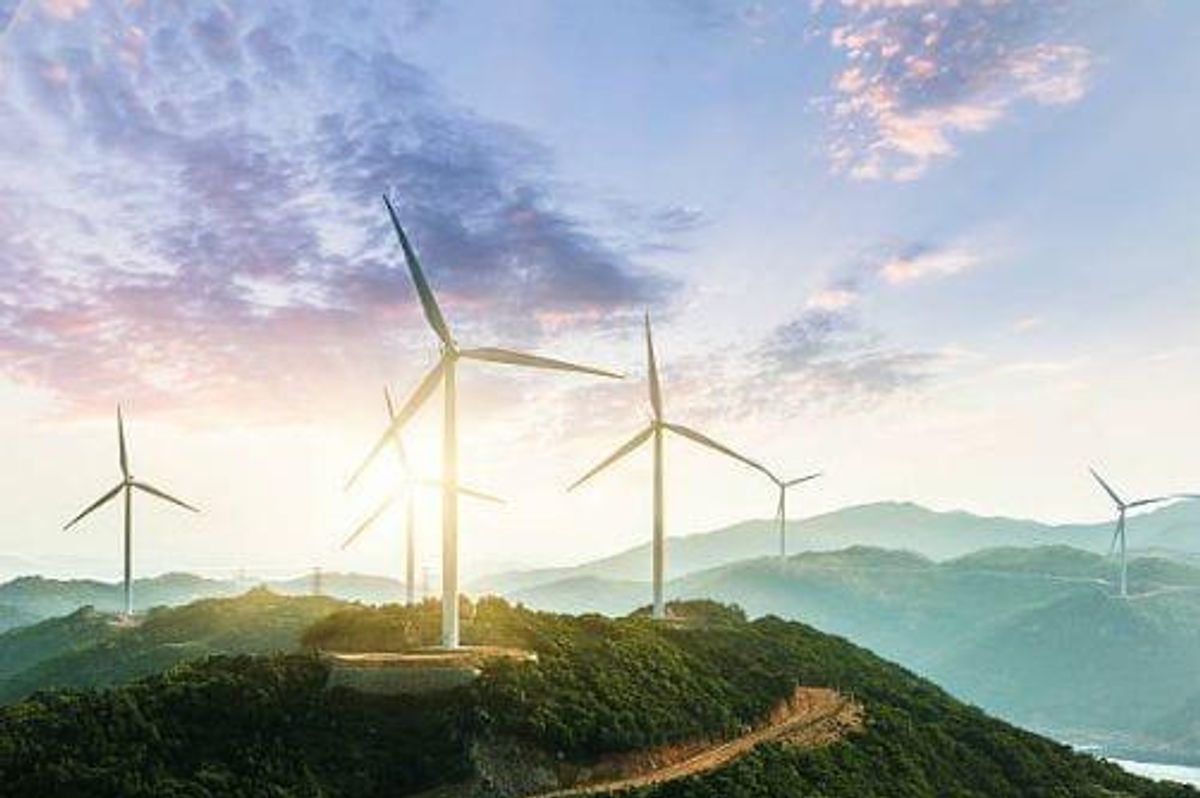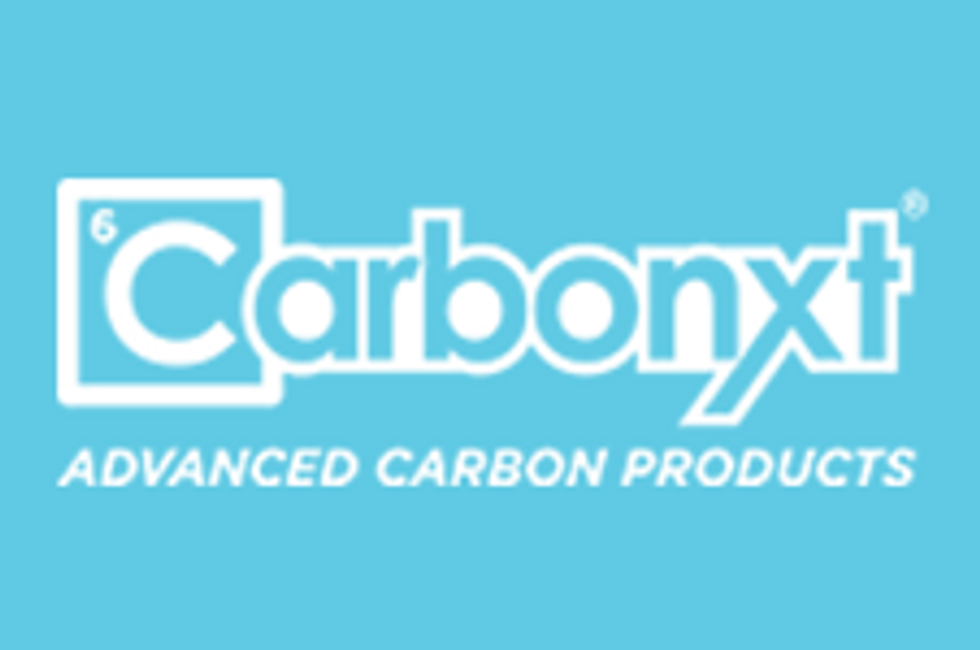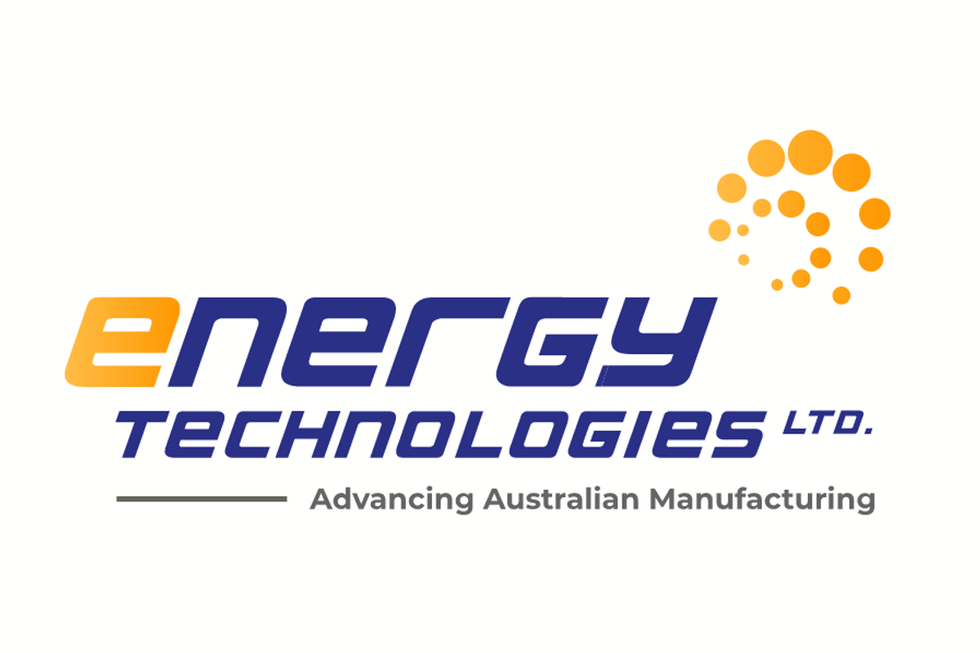Cleantech Market Forecast: Top Trends That Will Affect Cleantech in 2024
What’s ahead for the cleantech space in 2024? Read on to learn what analysts had to say about the cleantech forecast.

The cleantech industry has received a boom of interest from investors in recent years.
2021 and 2022 saw record-breaking venture capital investments, and while figures from 2023 are lower, Anthony DeOrsey, research team lead at Cleantech Group, said that’s not an indication of waning interest in the industry.
“The percentage going into seed investments is much higher than it's ever been before, (indicating) that underneath these numbers, there's probably more growth potential than (people) might (realize),” he said.
Continued interest may be spurred by the increasingly dire climate crisis. According to the International Renewable Energy Agency, global cleantech investment of approximately US$150 trillion is needed by 2050 to stay within the 1.5 degree temperature increase threshold recommended by the Intergovernmental Panel on Climate Change.
A concerning report released in November by the United Nations reveals that the world is headed for a temperature increase of over 3 degrees by the end of the century if drastic changes aren’t made immediately.
According to Research and Markets, the cleantech industry — a catch-all term that covers sustainable companies across a broad range of sectors — is expected to achieve a compound annual growth rate (CAGR) of 5.94 percent between 2023 and 2027. It is a potentially lucrative and diverse field for investors who want steady returns over the long term.
With 2023 coming to an end, the Investing News Network (INN) talked with industry insiders to learn about the latest cleantech trends and what investors can expect going into 2024. Read on to learn what they had to say.
Carbon capture trend set to gain steam
Reducing greenhouse gas emissions (GHGs) was a major talking point at COP28, an annual climate conference held in Dubai from November 30 to December 12. The oil and gas industry was a major target, with over 100 countries — including the US, members of the EU and several small island nations — pushing for strong language and a viable action plan on how the world can officially begin transitioning away from oil and gas in favor of renewable energy sources.
In the end, almost 200 nations agreed on a deal to begin reducing their reliance on fossil fuels “in a just, orderly and equitable manner," meaning that the onus is on the worst offenders to take the first and most drastic steps.
However, much to the disappointment of climate activists and several world leaders, nations have been left to come up with their own solutions on their own timelines rather than following a strict set of guidelines. An official mandate for helping poorer countries finance climate operations was also left out of the deal, although many governments and financial organizations have pledged billions of dollars toward the initiative.
Canada, the EU and the US have already enacted programs for companies to reduce their GHG emissions, and with the new deal in place, businesses could see more federal investment in the year to come. Importantly, the deal doesn’t have any caveats for fossil fuel consumption. This means that, hypothetically, oil-rich countries that want to continue drilling for oil and burning fossil fuels are free to do so as long as they increase efforts to offset carbon emissions.
With that in mind, it's possible there could be more interest in carbon capture use and storage (CCUS) technologies heading into 2024. “(There is) certainly some concentrated efforts happening (with CCUS) both within Canada and globally,” Foresight Canada CEO Jeanette Jackson commented to INN.
However, CCUS is expensive and has yet to be proven effective at scale. According to a 2019 study published by Science Daily, renewable energy production and energy storage are much more effective means of battling climate change. They are also cheaper to deploy and the technology has had plenty of time to improve. As Jackson explained, “We anticipate continued interest in renewable energy solutions. Countries are ramping up quite significantly their efforts around transitioning their traditional energy systems to a combination of different renewable sources.”
She also pointed out the continuation of cleantech within the built environment.
“There's a lot of existing technologies that are starting to get traction, things like heat pumps and window technologies that are relevant to the retrofit piece. We anticipate that (the current housing crisis) will trigger some demand for a lot of built environment technologies, modular systems and housing," Jackson noted.
Experts eyeing developments in EVs, wind and solar
Electric vehicle (EV) adoption continues to pick up pace, with research firm Markets and Markets estimating that the global EV market will experience a CAGR of 13.7 percent between 2023 and 2030.
Recent events back up that prediction. Rho Motion reported that November sales for EVs and plug-in hybrids around the world were 20 percent higher compared to a year ago. Meanwhile, US President Joe Biden's pledge to construct a national network of EV charging stations, combined with his US$89.9 billion investment to modernize public transit with electric buses, has been a significant driver of sustainable transportation.
Speaking to INN, Cleantech Group’s DeOrsey said he sees momentum building in ancillary EV technologies.
“Mature technologies like EV charging and certain types of battery technologies are well past commercialization and (we’re) not going to see a ton of new entrants, but they're growing in the later rounds. I would see this as continuing to accelerate, and it's not limited to just producing batteries. It's also going to be new and novel technologies for extracting (battery) materials (like) lithium (and graphite). We've seen a lot of action there. Also newer stuff in manufacturing for batteries like new types of nano-deposit technologies," he said during the interview.
Jackson also sees the value in mineral extraction. “Critical minerals are key to so many aspects of technology pathways to decarbonize. Batteries, (as well as) a lot of the newer technologies, will require critical minerals," she noted.
Looking over to wind and solar, solar energy production is set to outshine wind energy production in 2023, and this trend is expected to continue in 2024 thanks to material innovation in the thin film space. “(Specifically), solar perovskite technology is starting to get a little bit of a boost from the Inflation Reduction Act,” said DeOrsey. Perovskite is a type of mineral that can be used as a thin film in solar cells. He added, "Things that can expand the installation of solar are picking up, (and it’s) getting down to new types of technology versus scaling of the incumbents."
The US Energy Information Administration posits that in 2024, solar and wind power will produce more electrical power than coal for the first time. It estimates that coal will fall roughly 90 billion kilowatt-hours behind renewable energy.
Could agriculture be the key to scalable hydrogen production?
Food and Agriculture Day at COP28 brought discussions to the fore about how to make food production more sustainable and reduce GHG emissions. “There's a lot of opportunity to help decarbonize (agriculture), and we're seeing quite a lot of investment happening there,” said Foresight Canada's Jackson.
In correspondence with INN, Jo Raven, who was involved in COP28 and is the director of thematic research and corporate innovation at the FAIRR Initiative, said that historically, the agri-food industry has only received 4 percent of global climate financing, even though it is highly impacted by and vulnerable to climate change.
Raven pointed to alternative protein sources as key to decarbonizing the global food system. “The Food and Agriculture Organization Roadmap calls for dietary guidelines to … include novel technologies such as alternative proteins, while the UN Environment Program recognizes the environmental benefits. This focus at COP28 on the food sector and its need for transformation signals to companies and investors that there is international support for investment in the sector."
DeOrsey posited that the agriculture sector could be a major driver for one area that's likely to see some growth in 2024, which is the development and adoption of green hydrogen. Green hydrogen has the potential to significantly reduce the carbon footprint of agriculture and other industries. “I think agriculture gets overlooked, but that's a space that is probably going to see quite a bit more momentum,” he explained to INN.
“(There is) more demand for newer and better fertilizers (and to) decarbonize the ones that are out there already. Decarbonizing is critical, and you get there through green hydrogen. So I think one of the spaces that you're going to see a lot of continued motion in 2024 is around hydrogen and hydrogen production.”
Jackson agreed with that sentiment, but recognized the challenges that still lie in the way. “It's a clean energy carrier, but a lot of people are looking at just where hydrogen plays a role. The reality is that for investment to be attractive, we also need to figure out the demand.” Many industries would benefit from hydrogen production, but producing and commercializing green hydrogen to scale is still very expensive and challenging.
The agri-food industry could play a vital role in developing the infrastructure. “(We’re) seeing more collaborations between fertilizer producers (and) electrolyzer companies to produce the green hydrogen and then get green ammonia,” said DeOrsey, pointing to Norwegian fertilizer company Yara (OTC Pink:YRAIF) as an example. The company’s subsidiary, Yara Clean Ammonia, has been piloting the production of green ammonia in plants powered with renewable energy for a few years, producing green hydrogen as a by-product.
Investor takeaway
In addition to the trends discussed, investors can expect to see more collaborations and M&A activity as companies strive to align themselves with ESG best practices. “We certainly (started) to see a bit of a market consolidation in the cleantech space (in 2023), and I think we'll continue to see that going into the new year,” said Jackson.
While companies with a vested interest in CCUS could increase investment in the carbon management and emissions tracking space, some players could exit the market due to the abundance of technology available. “There's so much of it out there,” said DeOrsey. “I think the market will continue to grow, but I would see the competitive pool start to shrink a little bit. (Producing) hardware that can generate more data, I see a lot more potential for innovation there. Also in things that are (sustainable), but not emissions-related. That's where there's growth potential.”
The bottom line is that the overall cleantech market is expected to continue growing. Investors interested in the cleantech industry should strive to remain vigilant in the changing landscape in order to succeed.
Don’t forget to follow us @INN_Technology or real time updates!
Securities Disclosure: I, Meagen Seatter, hold no direct investment interest in any company mentioned in this article.
The Investing News Network does not guarantee the accuracy or thoroughness of the information reported in the interviews it conducts. The opinions expressed in these interviews do not reflect the opinions of the Investing News Network and do not constitute investment advice. All readers are encouraged to perform their own due diligence.





